Livestock highlights

The Animal Production and Health Laboratory: 30 Years of Committed Support to IAEA and FAO Member States
The Joint FAO/IAEA Centre of Nuclear Techniques in Food and Agriculture was created in 1964 to join synergistic efforts between the IAEA and FAO on the peaceful use of nuclear techniques (mandate of IAEA) in food and agriculture (mandate of FAO).
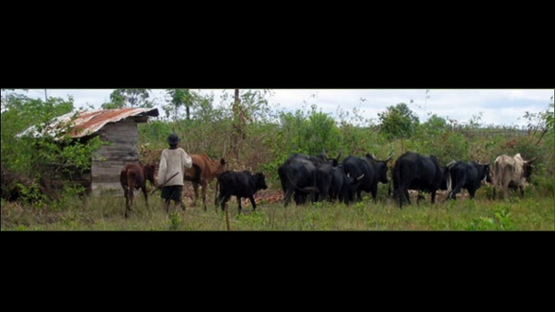
Global Rinderpest Eradication: The IAEA Contribution
Countries suffering from the ravages of rinderpest, a highly contagious viral disease of cattle, buffalo, yak and several wildlife species, were officially recognised as disease free by the World Organisation for Animal Health (OIE) in May 2011 and FAO in June 2011 when they declared that rinderpest was eradicated world-wide.

Rinderpest Freedom Celebration
Rinderpest, also known as cattle plague, is a highly contagious viral disease of cattle, buffalo, yak and several wildlife species, and has caused immense livestock losses throughout history. IAEA in collaboration with FAO, OIE and other partners supported its Member States for more than 25 years to control and eradicate the disease.
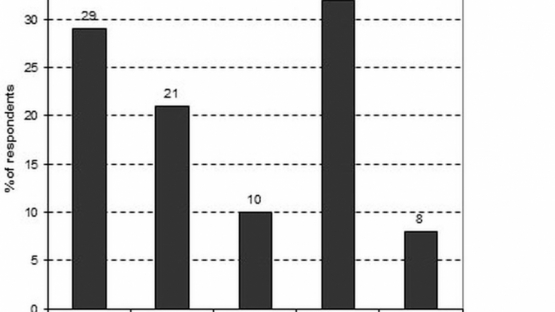
Development of Feeding Strategies for Improved Meat and Milk Production on Smallholder Dairy Farms in Zambia
Livestock rearing is one of the leading farming activities practiced by rural communities in Zambia. The animals kept include cattle, goats, sheep, pigs and various species of poultry of which chickens are the most common.
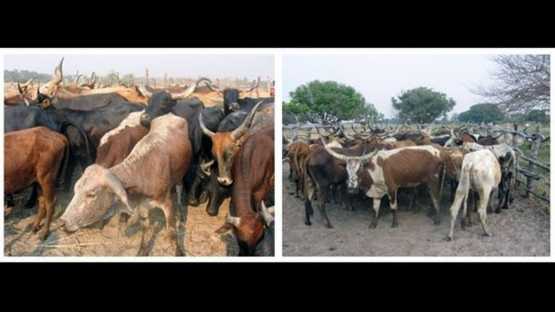
Genetic Characterization of Indigenous Cattle Breeds in Zambia - Which Way Forward?
Zambia is endowed with a variety of indigenous livestock species that not only provide meat, milk and eggs to meet household protein needs, but are also used for a wide range of economic activities.

IAEA Scientists Develop Molecular Tools for Better Understanding of the Epidemiology of Capripoxviruses
Transboundary animal diseases (TADs) represent the most important threats to livestock production worldwide.

Highlights of 2010
The application of early, rapid and sensitive nuclear and nuclear related diagnostic tests to assist in the control transboundary animal diseases (TADs) has been a long-standing component of the Subprogramme’s activities to reduce the impact such diseases have on livestock productivity in Member States (MS).

The Artificial Insemination Centre in Cameroon - A Success Story
One of the main constraints for AI in some African countries such as Cameroon is the availability and cost of liquid nitrogen for transporting semen, especially in rural areas, a key element to preserve semen for prolonged periods.
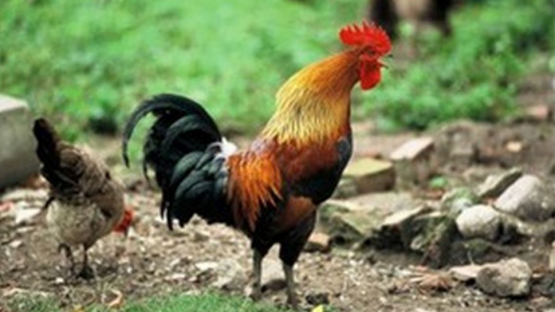
Genetic Characterization of Indigenous Chicken Breeds in Search for Unique Properties of Immune-Related Genes
Domestic chicken (Gallus gallus domesticus) is one of the most important animal species worldwide because it provides a large proportion of animal protein in human diet.

IAEA Helps to Improve the Productivity of Cattle, Camels and Yaks in Mongolia through Better Nutrition and Reproductive Management
The livestock sector is the main pillar of the economy in Mongolia which, in addition to providing export products, provides food, clothing and shelter.

The Agency Supports Portable Diagnostic Devices to Enhance "At-Source" Control of Transboundary Animal Diseases
Molecular genetic testing plays a vital role in safeguarding public health – from diagnosing disease to monitoring for pathogens with pandemic potential; from detecting potential bioterrorism threats to safeguarding the food supply via crop and farm animal surveillance.

Sheep HapMap
“HapMap” (short for “haplotype mapping”) studies, in which a large number of members of a given species are genotyped for a large number of single nucleotide polymorphisms (SNP), have produced a great deal of genetic information.

The Agency is Assisting Member States to Reduce the Amount of Methane Produced by Ruminant Livestock
Over the past 300 years, atmospheric methane concentrations have increased by approximately 2.5 times those of the pre-industrialization era. Atmospheric methane concentrations increased by 10.8 ppb/year in samples collected between 1979 and 1999.
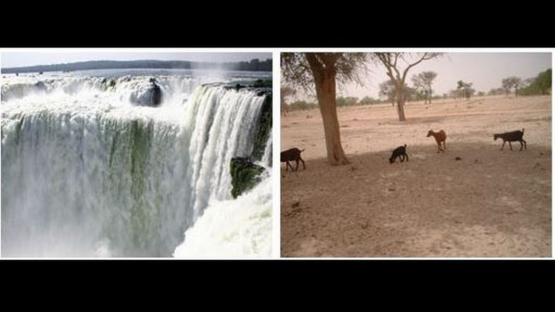
Water Resources and Livestock: An Increasing Constraint
Water is essential for life. More than half of all potable water is from rivers and lakes and more than one-sixth of the Earth’s population rely on glaciers and seasonal snowfall for their water supply.

Climate Change and the Expansion of Animal and Zoonotic Diseases - What is the Agency's Contribution?
The average temperature in the world has increased in the last few years compared to the previous century and is expected to continue rising if measures are not taken particularly by highly industrialised countries to reduce greenhouse gases emissions.

With IAEA Support, Latin America Controls Liver Fluke (Fasciola Hepatica) in Livestock and Humans
Although the countries of Latin America are geographically and culturally diverse, they have a major problem in common, one that affects the health of both its peoples and its animals.

Deadly Cattle Plague, Once the Bane of Farmers, on Its Deathbed
Arguably, rinderpest in the most dreaded cattle disease because of its epidemic history that caused massive depopulations of livestock and wildlife on three continents and because it has been responsible for several famines and the loss of draught animal power in agricultural communities of the last three centuries.

Community-Based Dairy Veterinary Services in Bangladesh
The Bangladesh Agricultural University in Mymensingh, through the Department of Surgery and Obstetrics started working through a Research Contract under an IAEA Coordinated Research Project (CRP) entitled “Use of RIA and related techniques to identify ways of improving artificial insemination (AI) programmes for cattle reared under tropical and sub-tropical conditions ” initiated in 1995 to improve AI services in Bangladesh.

The Global Rinderpest Eradication Programme June 2009
Status report on progress made to date in eradication of rinderpest: highlighting success story and action required till global declaration in 2010.

Bovine Genome Provides Clues to Evolution, Better Beef and Milk
After 6 years of work by more than 300 researchers from 25 countries and $53 million in funding, the cow genome has arrived.
- ‹ previous
- 2 of 3
- next ›

